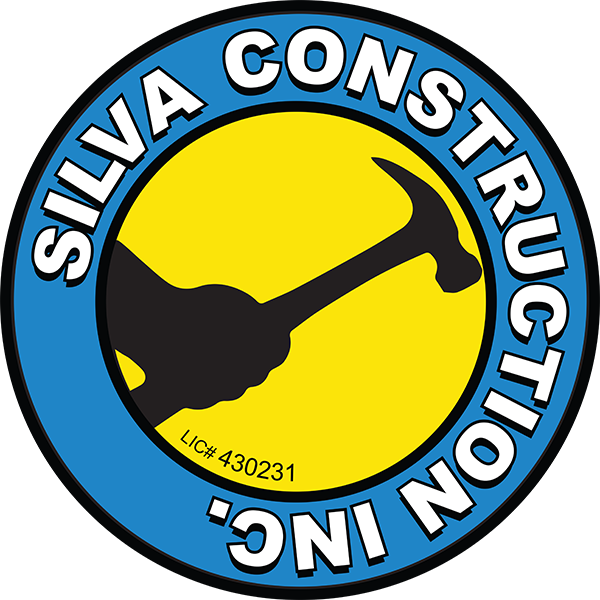Ask a Contractor
 Question: What’s the difference between traditional stucco finish and Acrylic Stucco finish?
Question: What’s the difference between traditional stucco finish and Acrylic Stucco finish?
Answer: First of all acrylic stucco is also know as synthetic stucco, elastomeric stucco finish and other names
Acrylics are made from acrylic resins and/or polymers that are very much like a thin Elmers glue. It’s like paint, in a way, but a very high quality one, that has sand in it, to give the finish a little more definition.
This material repels water and is described as water resistant.
Here are some of the Pros and Cons of Acrylic Stucco
Pros:
This type of material is resistant to hairline cracks, mainly because of its elasticity and ability to stretch.
Colors are bright and vibrant and there is virtually no color variation from bucket to bucket.
Finish can be painted in the future if you ever wanted to change the color.
Cons:
The cost for acrylics is much higher when compared to a cement based finish, due to the polymers used in the material.
It requires a little more skill to apply because it dries quite a bit faster than the traditional finish does.
Traditional Stucco:
Does not repel water, but actually absorbs it and then eventually works its way out and dries out.
Is suitable for one coat and three coat applications.
Some of the Pros and Cons of Traditional Stucco.
Pros:
The price of the material itself is quite a bit lower than synthetics are and can really save you money for larger projects.
This material is very versatile and there really is no limit to the number of textures that can be achieved.
The material can be found nearly everywhere, even at larger chain retailers like Lowes.
The finish can be painted later on or 30 days after application
Cons:
Usually when you mix this material, you will want to mix enough bags for an entire wall, so there is minimal color variation, which requires a mixer.
The color can change due to too much water, not enough, different application methods, etc.
With regard to texture, traditional stucco color coat finish has practically an unlimited variety of textures from smooth trowel, mission, and old English to combed. While acrylics have some range of texture, most acrylics are applied in a sand-finish texture, not the range as that of traditional stucco.
As far as colors available, acrylic finishes come in just about any color imaginable and can be matched to almost any shade desired. Traditional Stucco, being cement based, can only hold so much pigment, so dark tones are not recommended. Traditional Stucco comes out best in light pastel shades.
Both finishes have strong points and limitations.
Dave Silva
GC


